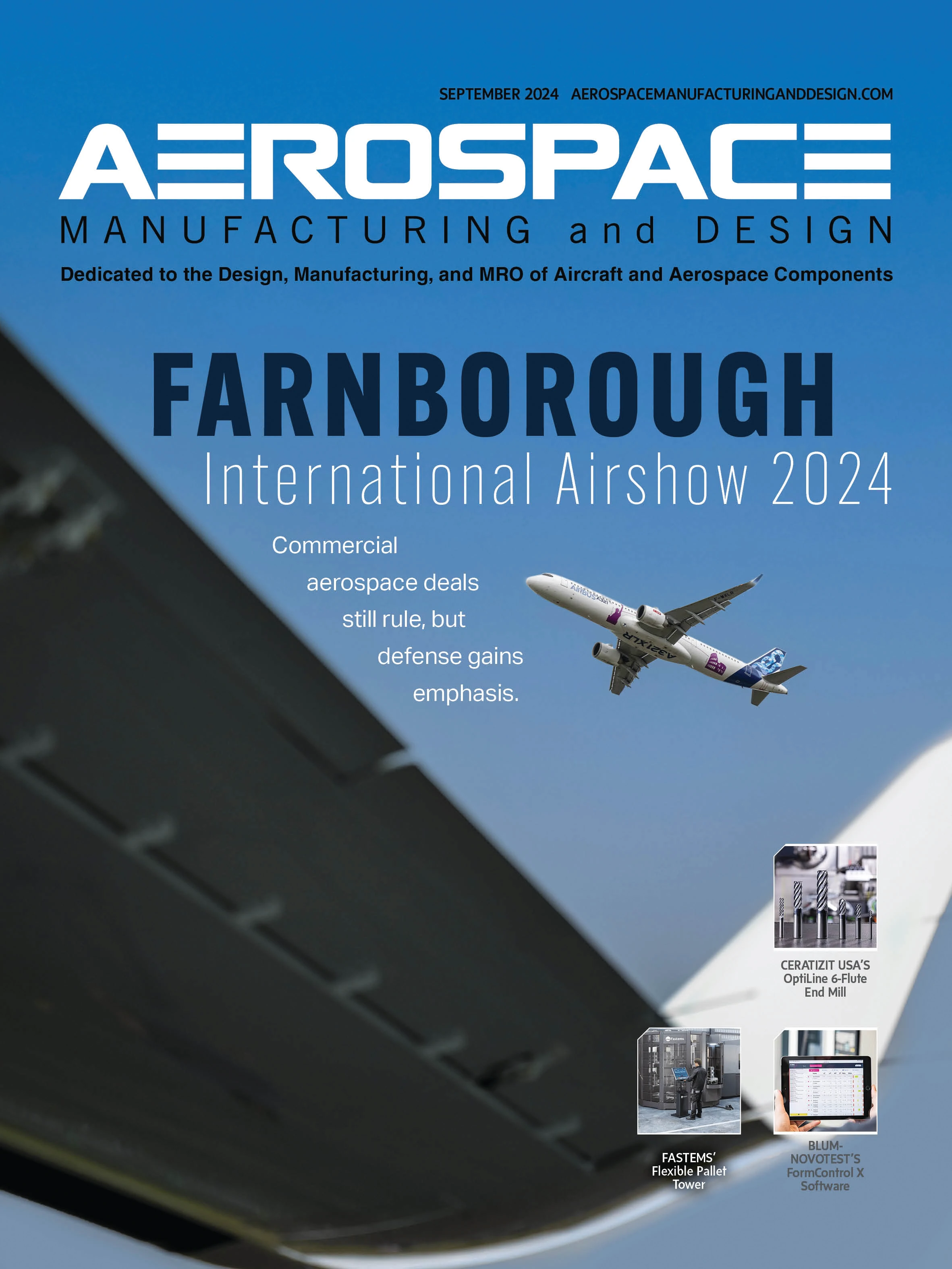
To measure the flow of air through a jet engine, researchers traditionally place sensors where air enters and exits.
But the turbulence within the engine remains a mystery, University of Cincinnati (UC) doctoral candidate Vincent Onoja says. He wants to know what’s going on inside the engine, specifically the custom nozzle determining much of an aircraft’s performance, noise, and efficiency. But putting anything, even the smallest sensors, inside the nozzle chamber might interfere with its airflow dynamics.
Onoja, who’s studying aerospace engineering in UC’s College of Engineering and Applied Science, and UC Assistant Professor Daniel Cuppoletti came up with a new experimental protocol using high-speed cameras and laser diagnostics to track airflow within the engine.
“We designed an experiment where we’d shoot a laser through a window and observe airflow using high-speed cameras,” Cuppoletti explains.
They use a technique called particle image velocimetry. Researchers inject an aerosol into the engine and capture the individual particles as they travel using a laser and a camera recording up to a million images per second.
Even incremental improvements to engines can save millions of dollars in fuel and productivity in commercial aviation or dramatically improve aircraft performance. Likewise, understanding how turbulence affects engine noise can help engineers design quieter aircraft.
“The key goal is advancing our ability to accurately predict airflows in complex systems,” Onoja adds. “We can use high-fidelity experimental data to improve and validate our computational models.”
The project is a collaboration between UC, the Massachusetts Institute of Technology (MIT), and the U.S. Office of Naval Research.
UC has a long history of working with aviation partners locally and around the world.
“Historically, we have had a lot of excellent collaborations in aircraft propulsion and gas turbine technology with Cincinnati’s General Electric and the U.S. Air Force Research Lab at Wright-Patterson,” Cuppoletti says.
Cuppoletti worked on aircraft propulsion systems at Northrop Grumman before coming to UC.
Doctoral student Onoja is from Nigeria, where he studied mechanical engineering. He was inspired to follow in the footsteps of his uncle, a retired aerospace engineer who worked on NASA’s space shuttle program at the Boeing Co.
“Any time he’d visit, he’d show me pictures of the space shuttle and that’s what sparked my interest in aerospace engineering,” Onoja says.
Onoja is optimistic his efforts will provide new insights in airflow dynamics, which could have profound benefits for aviation.
“My work will serve as a basis for comparison,” Onoja says. “Aerospace companies such as Boeing or GE can take that knowledge and apply it to their own research and design.”
University of Cincinnati College of Engineering & Applied Science

Explore the September 2024 Issue
Check out more from this issue and find your next story to read.
Latest from Aerospace Manufacturing and Design
- America Makes announces QTIME project call
- Innovation meets precision for 40% faster machining
- Upcoming webinar: Pro tips from a supply chain strategist
- Heart Aerospace relocates to Los Angeles
- Fixtureworks introduces Stablelock Clamps
- Piasecki acquires Kaman's KARGO UAV program
- PI Americas’ long-travel XY piezo nanopositioners-scanners
- AAMI project call submission deadline extended to May 12






